Warning: Leadership Construction Zone Ahead! 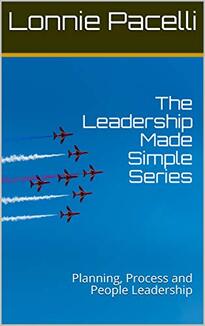 When my kids were little, they were particularly fond of the nursery rhyme The Three Little Pigs. In it, the big bad wolf manages to successfully blow down the houses made of straw and sticks and enjoy a pulled pork lunch. When he got to the brick house, though, all of the huffing and puffing in the world wasn’t going to blow that house down. So much for another meal of the other white meat. When it comes to leadership, you can build a house of sticks or straw by focusing just on your ability to plan, your people management and cultivation skills, or your ability to drive work. What I’ve found is that while each of these attributes is important, leaders of today cannot rely on just one attribute. Leaders of today need more. They need three crucial raw materials to be a complete leader. They need to excel at the Three P’s: Planning, Process and People. The Leadership Made Simple Series focuses on building your planning, process, and people skills to ensure your leadership house isn’t built of vulnerable straw or precarious sticks. Rather, your leadership house will be built of solid brick and mortar and will withstand many of the challenges you will face, whether you are leading a large team in a corporate environment, a PTA organization, or a student project. Each Leadership Made Simple ebook is designed to give you some very practical, relevant and actionable nuggets which you can apply to whatever leadership situation you may be in. Regardless of your experience level or situation, you’ll find some value in each and every Leadership Made Simple ebook. Lay the first brick and start building your leadership house right now. Let’s get to it! Planning – Just get in the car and drive south until you see Mexico Imagine going on a family vacation to your most favorite place on earth. You get the car packed up, everyone is buckled in, the kids have made a trip to the porcelain facilities and you’re ready to go. Your spouse then turns to you and asks, “How are we getting there?” You turn and say “Well, we can fly, drive, or take the train. How about we just start heading south and we’ll decide along the way?” True, this scenario sounds ludicrous in terms of planning your next vacation, but think about a situation where your leader (or maybe you were the leader) set a goal but had no idea as to how you were going to achieve that goal. The team was left to figure things out for itself, maybe do some ad-hoc planning, or fumble around in the dark hoping to somehow hit the target. Great leaders simply don’t commit to goals without knowing how the team will get there. Great leaders can lay the tracks so that the team just has to follow along, gliding smoothly along the guidelines set out for them. Great leaders are great at planning. To get some perspective on what effective leaders who are great at planning do, look at some of these attributes and think about how you may stack up against them:
The planning ebooks in the series are as follows: Process – Sign, sign, everywhere a sign… In 1970 the Five Man Electrical Band released the song Signs. The song describes several vignettes about how posted warnings or rules were disregarded or protested by someone unwilling to adhere to the sign’s verbiage. Signs were portrayed as a hindrance. When it comes to processes, some leaders take comfort in having a standard, repeatable, and efficient process infrastructure. Others can either take or leave a well-oiled process infrastructure. Still others see a structured process infrastructure just like sign, sign, everywhere a sign. To those people, structure means hindrance and suppresses getting things done. Where a structured infrastructure runs amok is when process takes precedence over from a results-oriented approach to fulfilling objectives. I’ve seen all too many situations where things were done according to the book but in the end the team still failed in meeting its intended goal. Great leaders need to be bullish about a well-oiled process infrastructure, but need to be in tune enough with what is required to know when the rules need to be bent. So, a structured process infrastructure needs to exist, but leaders need to apply sound practical judgment to ensure they are doing the right thing, not just doing things right. Think about these characteristics as you think about your own process leadership qualities:
The process ebooks in the series are as follows: People – Take me out to the ball game…. I love baseball. I love watching the strategy behind the game, that incredible catch in the outfield, or the tape measure home run. One aspect of baseball that I particularly enjoy is when a team succeeds not because of a marquee player but because the entire team pulls together to win games. The 2001 Seattle Mariners fit that mold. Even though they didn’t make it to the World Series, they tied a major-league record 116 wins that season under the leadership of “Sweet Lou” Piniella. They were a team, not a group of individual stars. Great leaders know how to get people rowing in the same direction to deliver great results. They recognize that far more can be accomplished when a team works together than when any individual member works alone. They also recognize that individual performance and skill cultivation forms the foundation which great teams are built and know that poor performance by any individual can spell doom for a team if gone unchecked. Great people leaders demonstrate outstanding individual and team cultivation skills. See which of these resonate with you:
The people ebooks in the series are as follows: In conclusion… Before you push off onto your leadership journey, let’s do a quick review of the three P’s:
Follow Lonnie and see his books, blog posts and more on his Amazon Author Page.
The Project Management advisor: 18 Major Project Screw-Ups And How To Cut Them Off At The Pass1/17/2016
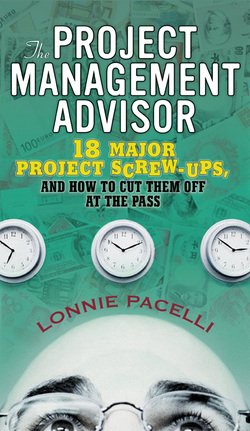
This is your complete, hands-on guide to saving projects in trouble.
Get great tips in this project management book on how to focus on the right problem...find and keep the right sponsors...realistically determine scope...uncover hidden risks...write more effective project plans...Involve the right people... get your whole team on the same page...deal with vendors who don’t deliver... manage and minimize cost overruns...communicate more effectively...test right, train right...streamline that last, endless 10% and finish strong...and more... a whole lot more. Drawing on over 30 years of frontline project management experience, Lonnie Pacelli, The Project Management Advisor identifies the 18 most pervasive causes of project failure: their causes, early warning signs, and how to fix them before it’s too late. If you’re a working project manager, consultant, or team leader, this book is your secret weapon. It’s fast. Relevant. Practical. Easy to read. Easy to use. Above all: it works. 
Think back to some great communicators like Reagan, Martin Luther King Jr., or John F. Kennedy. What made them great communicators? It wasn’t that they were great orators, had flashy teeth, sported perfect hair, or demonstrated a flawless writing style. They had courage, conviction, wisdom, clarity, and credibility; five attributes that build the foundation of all great communicators.
Set That Direction! Create a Compelling Direction that Will Make Others Want to Follow You6/21/2014

So many times organizations get wrapped up in terminology and process that the resulting direction statement becomes a mass of gobbledygook which no one understands or follows. Direction statements need to clearly direct, inspire, and align a team to deliver, not get stuffed in a drawer only to be pulled out again the next time a direction statement needs to be developed. Get Set That Direction! to help you create a practical, useful and compelling direction statement that will make people want to follow you.
Crush Those Risks and Issues! - Drive Project Success Through Effective Risk and Issue Management6/21/2014
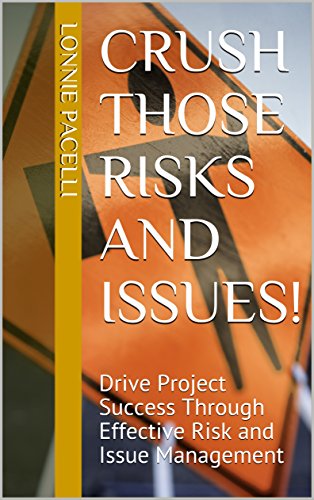
Project risk and issue management is one of the most lethal but easily overlooked aspects of successful project management. Risks and issues derail your plan and cause you to divert focus away from project activities. But, there’s simply no avoiding them. If you’ve got a project you’re going to have risks and issues.
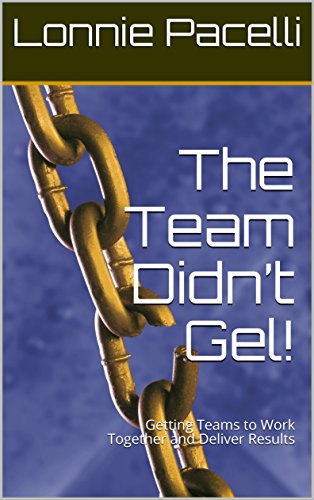
When project teams work in perfect harmony it's like music to the project manager's ears. Each project team member knows what they need to contribute to the project, knows when they have to perform, understands what other project team members are doing on the project, and knows what it takes to be successful. Get this ebook see how to get your project teams to gel and deliver results.

Have you ever managed a project where the project sponsor was disengaged, unrealistic or overly demanding? Or have you ever tried to get by without a project sponsor only to have the project go down in flames? Most every experienced project manager has at some point in his or her career encountered an onerous project sponsor, which either made a project more difficult to execute or caused it to fail altogether.
This ebook focuses on ten key attributes that a great project sponsor possesses and how the project manager can coach a project sponsor to better represent his or her project. The paper is based on real-life experiences of both great and not-so-great project sponsors and outlines tried-and true techniques used to help project sponsors be more effective at ensuring a project's success. 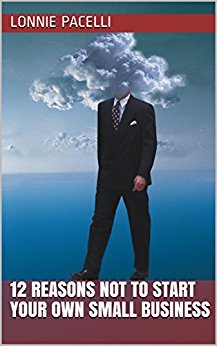
Starting a small business isn't for everyone.
Be armed before you take the plunge. 12 Reasons Not To Start a Small Business is for anyone who is contemplating starting up a small business but needs to pass a litmus test of whether they have the intestinal fortitude to make it happen. If you're thinking about starting your own small business, 12 Reasons Not To Start a Small Business will prove invaluable to help you think through the issues and take the plunge with greater confidence or help you avert the disaster of a failed business. 
Are you an ID, EGO, or SUPER-EGO Entrepreneur?
Freud and the Small Business Owner focuses on four crucial aspects of small business management: starting a small business, growing a small business, handling small business challenges, and exiting a small business. In Freud and the Small Business Owner you'll get practical, straightforward advice that has been time-tested by those who've been through it. |
Backlist
See Lonnie's books on Amazon and iBooks Topics
All
|
Lonnie Pacelli - Building Thriving Leaders™
Insightful | Creative | Direct Advice to Help Leaders Help Themselves
Keynote Speaker | Board Director | Autism Advocate | Author | Project Management Expert | Microsoft/Accenture Veteran
See his books on Amazon
Insightful | Creative | Direct Advice to Help Leaders Help Themselves
Keynote Speaker | Board Director | Autism Advocate | Author | Project Management Expert | Microsoft/Accenture Veteran
See his books on Amazon
Services |
About
|
© COPYRIGHT 2019. ALL RIGHTS RESERVED.
We are a participant in the Amazon Services LLC Associates Program, an affiliate advertising program designed to provide a means for us to earn fees by linking to Amazon.com and affiliated sites.
|






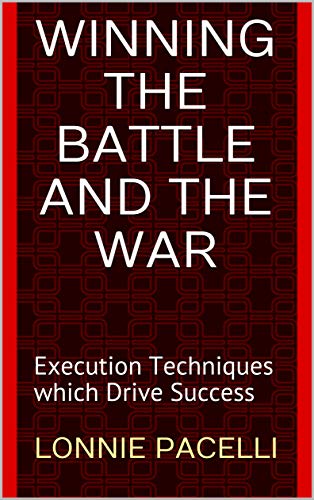

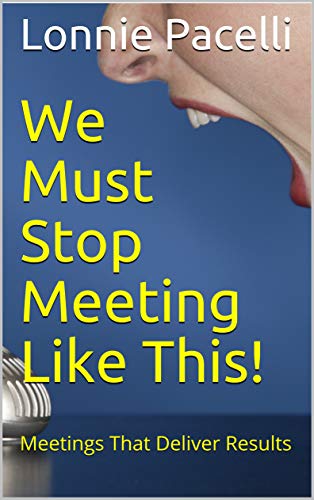




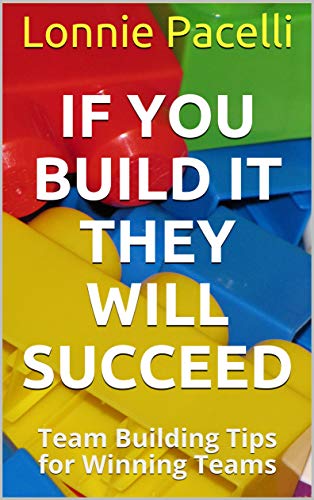






















 RSS Feed
RSS Feed